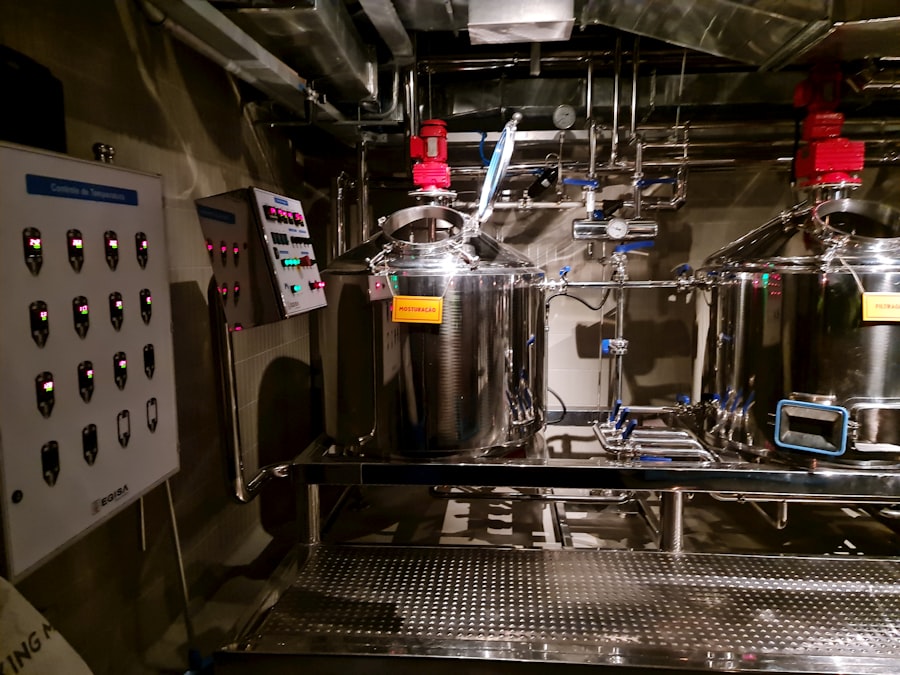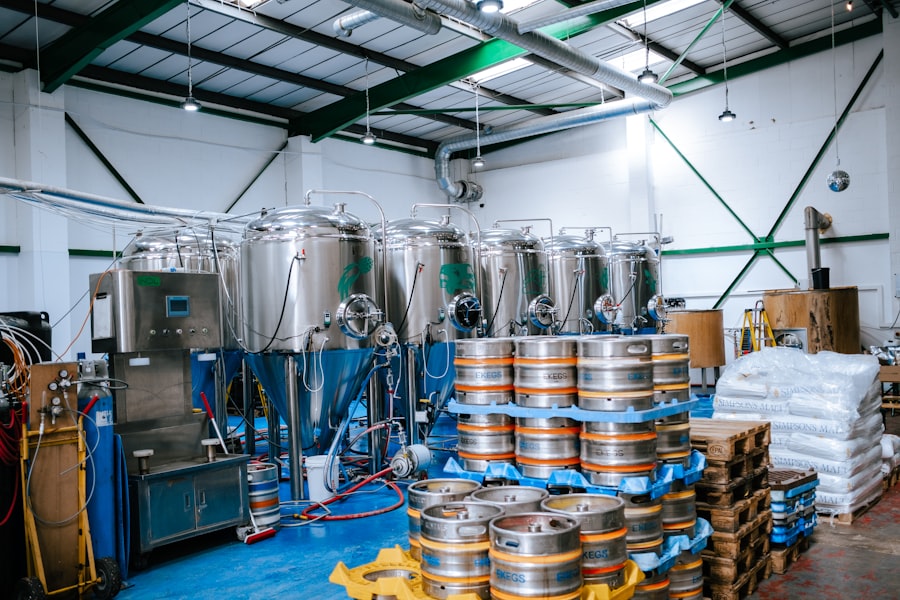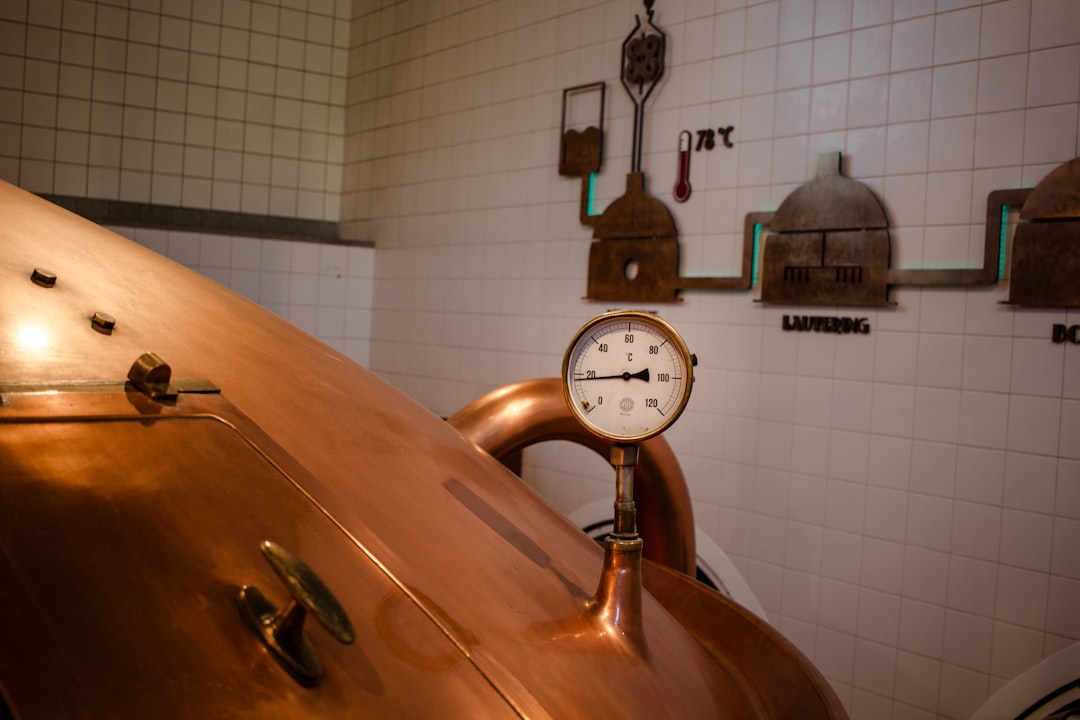The local food scene is a vibrant tapestry woven from the diverse culinary traditions and innovative practices of a community. Each city or town has its unique flavor profile, shaped by its history, geography, and the people who inhabit it. Exploring this scene often begins with a simple stroll through the streets, where the aromas of freshly baked bread, sizzling meats, and fragrant spices beckon passersby.
Local markets, street vendors, and family-owned restaurants serve as the heart of this culinary landscape, offering a glimpse into the culture and heritage of the area. In many regions, local food scenes are not just about sustenance; they are a celebration of community and creativity. Chefs often draw inspiration from seasonal ingredients sourced from nearby farms, creating dishes that reflect the changing landscape.
This connection to the land fosters a sense of pride among residents and visitors alike, as they partake in meals that tell a story of place and tradition. Whether it’s a bustling food festival or an intimate dinner at a neighborhood bistro, the local food scene invites exploration and discovery, encouraging individuals to engage with their surroundings in a meaningful way.
Key Takeaways
- Exploring the local food scene can lead to discovering new and exciting culinary experiences in your neighborhood.
- Finding the best restaurants and cafes nearby can provide you with delicious and convenient dining options.
- Uncovering hidden gems in your neighborhood can lead to unique and memorable food and drink experiences.
- Sampling local craft beers and wines can introduce you to the flavors and traditions of your area.
- Supporting small businesses and local farmers can help to strengthen and sustain your community’s food and drink culture.
Finding the Best Restaurants and Cafes Nearby
Identifying the best restaurants and cafes in your vicinity can be an exhilarating adventure. With the rise of online review platforms and social media, diners have access to a wealth of information about local eateries. Websites like Yelp and TripAdvisor provide user-generated reviews that can guide food enthusiasts toward hidden treasures or popular hotspots.
However, personal recommendations from friends or locals often carry more weight, as they come with insights that may not be captured in online reviews. When searching for the best dining options, consider exploring various neighborhoods within your city. Each area may have its own culinary identity, influenced by the demographics and cultural backgrounds of its residents.
For instance, a neighborhood with a significant immigrant population might boast authentic ethnic cuisine that reflects its heritage. Additionally, visiting during different times of day can reveal unique offerings; brunch spots may transform into lively dinner venues, showcasing a different side of their culinary prowess. Engaging with restaurant staff can also enhance your experience; they often have valuable insights into the menu and can recommend dishes that highlight the chef’s specialties.
Uncovering Hidden Gems in Your Neighborhood

Hidden gems are often the soul of a local food scene, offering unique dining experiences that larger establishments may lack. These small, often family-run businesses may not have the marketing budgets of their more prominent counterparts but can provide some of the most authentic and delicious meals available. To uncover these treasures, one must venture off the beaten path—exploring side streets, alleys, and less-traveled neighborhoods can lead to delightful surprises.
For example, a tiny café tucked away in a residential area might serve the best homemade pastries in town, while a food stall at a local market could offer mouthwatering street food that rivals any gourmet restaurant. Engaging with locals can also lead to discovering these hidden gems; asking for recommendations at community events or even striking up conversations with fellow diners can yield valuable insights. The thrill of finding these lesser-known spots not only enhances your culinary journey but also supports small businesses that contribute to the character of your community.
Sampling Local Craft Beers and Wines
| Location | Number of Craft Beers | Number of Wines |
|---|---|---|
| California | 150 | 200 |
| Oregon | 100 | 150 |
| New York | 120 | 180 |
The craft beverage movement has gained significant momentum in recent years, with local breweries and wineries popping up across the country. Sampling local craft beers and wines is an excellent way to connect with the region’s agricultural roots while enjoying unique flavors that reflect local ingredients and brewing techniques. Many breweries pride themselves on using locally sourced hops and grains, while wineries often showcase varietals that thrive in their specific climate and soil conditions.
Visiting a local brewery can be an immersive experience; many establishments offer tours that provide insight into the brewing process, from fermentation to bottling. Tasting flights allow patrons to sample a variety of brews, ranging from hoppy IPAs to rich stouts, each with its distinct flavor profile. Similarly, local wineries often host tastings where visitors can explore different wines paired with artisanal cheeses or charcuterie boards.
These experiences not only highlight the craftsmanship behind each beverage but also foster a sense of community among enthusiasts who share a passion for quality local products.
Supporting Small Businesses and Local Farmers
Supporting small businesses and local farmers is crucial for fostering a sustainable food ecosystem within your community. When you choose to dine at locally owned restaurants or purchase produce from farmers’ markets, you contribute directly to the livelihoods of those who work tirelessly to provide fresh ingredients and unique culinary experiences. This support helps maintain local economies and encourages the growth of independent businesses that often prioritize quality over quantity.
Moreover, many small businesses are committed to sustainable practices that benefit both consumers and the environment. Local farmers often employ organic farming methods or participate in community-supported agriculture (CSA) programs that promote seasonal eating and reduce carbon footprints associated with transporting food over long distances. By choosing to support these enterprises, you not only enjoy fresher, more flavorful products but also play a role in preserving agricultural diversity and promoting ethical consumption practices.
Trying Ethnic Cuisine in Your Area

Exploring ethnic cuisine is one of the most rewarding aspects of discovering your local food scene. Many cities boast diverse populations that bring their culinary traditions with them, resulting in an array of authentic dishes from around the world. Trying ethnic cuisine allows diners to experience flavors and cooking techniques that may be unfamiliar yet incredibly satisfying.
From spicy Thai curries to savory Ethiopian stews served on injera bread, each dish tells a story of cultural heritage and community. Visiting ethnic restaurants can also be an educational experience; many establishments are eager to share their culinary traditions with patrons. Engaging with staff about menu items can lead to discovering lesser-known dishes or regional specialties that might not be widely advertised.
Additionally, participating in cultural events or festivals can provide opportunities to sample various cuisines in one setting, allowing for a broader appreciation of the flavors that define different cultures.
Discovering Food Trucks and Pop-Up Events
Food trucks and pop-up events have revolutionized the way people experience dining outside traditional restaurant settings. These mobile kitchens offer chefs an opportunity to showcase their culinary creativity without the overhead costs associated with brick-and-mortar establishments. As a result, food trucks often feature innovative menus that change frequently based on seasonal ingredients or chef inspiration.
Pop-up events take this concept further by creating temporary dining experiences in unique locations—think rooftop bars, art galleries, or even parks. These events often attract food enthusiasts eager to try new flavors while enjoying a lively atmosphere. Many food trucks also participate in local festivals or markets, allowing patrons to sample a variety of cuisines in one outing.
The casual nature of food trucks and pop-ups fosters a sense of community as people gather around shared tables or picnic areas to enjoy their meals together.
Visiting Farmers Markets and Artisanal Food Shops
Farmers markets are vibrant hubs where local producers come together to sell their goods directly to consumers. These markets offer an unparalleled opportunity to connect with farmers and artisans while supporting sustainable agriculture practices. Shoppers can find everything from fresh fruits and vegetables to homemade jams, artisanal cheeses, and baked goods—all crafted with care by local hands.
Artisanal food shops complement farmers markets by providing curated selections of high-quality products sourced from nearby producers. These shops often emphasize craftsmanship and traditional methods, showcasing items like hand-crafted chocolates, specialty oils, or locally roasted coffee beans. Visiting these establishments allows consumers to learn about the stories behind their food while enjoying products that reflect the region’s unique flavors and traditions.
Enjoying Farm-to-Table Dining Experiences
Farm-to-table dining has gained popularity as consumers increasingly seek transparency in their food sources. This movement emphasizes using locally sourced ingredients in restaurant menus, creating dishes that celebrate seasonal produce while supporting local farmers. Dining at farm-to-table establishments often means enjoying meals crafted with fresh vegetables picked just hours before they reach your plate.
Many farm-to-table restaurants take pride in their relationships with local producers, often featuring their names on menus or highlighting specific farms from which they source ingredients. This transparency fosters trust between diners and chefs while promoting sustainable practices within the community. The experience is not just about enjoying delicious food; it’s also about understanding where it comes from and appreciating the effort involved in bringing it from farm to table.
Tasting Local Specialties and Regional Dishes
Every region has its culinary specialties—dishes that reflect its history, geography, and cultural influences. Tasting these local specialties is an essential part of immersing oneself in a community’s food culture. For instance, if you find yourself in New Orleans, indulging in gumbo or jambalaya is a must; these dishes encapsulate the city’s rich Creole heritage.
Regional dishes often tell stories of migration and adaptation; they evolve over time as different cultures blend their culinary traditions. Exploring these specialties can lead to delightful discoveries—perhaps you’ll find a unique twist on a classic dish or encounter flavors you’ve never experienced before. Engaging with locals about their favorite regional dishes can also enhance your understanding of what makes your area’s cuisine special.
Connecting with Food and Drink Enthusiasts in Your Community
Connecting with fellow food and drink enthusiasts can enrich your culinary journey significantly. Many communities host events such as tastings, cooking classes, or food festivals where individuals can come together to share their passion for gastronomy. These gatherings provide opportunities not only to sample new flavors but also to learn from experts in various fields—from chefs to sommeliers.
Social media platforms have also become valuable tools for connecting with like-minded individuals who share an interest in exploring local cuisine. Joining groups focused on food exploration can lead to discovering new restaurants or events you might not have encountered otherwise. Engaging with others who share your enthusiasm for food fosters a sense of belonging within your community while encouraging you to continue exploring all that your local food scene has to offer.



